Key Takeaway: The August 29, 2025 elimination of the de minimis exemption, coupled with newly imposed tariffs—ranging from a 10% baseline on all imports to country-specific rates up to 50%—will sharply raise input costs, complicate customs compliance, and squeeze already thin margins for U.S. small and medium perfume producers.
1. What Changed: De Minimis Repeal and Tariff Expansion
On July 30, 2025, President Trump issued an executive order suspending the de minimis exemption, which had allowed shipments valued at $800 or less to enter duty-free and with minimal paperwork. Effective August 29, 2025:
- All non-postal imports under $800 lose duty-free status and now require:Full Harmonized Tariff Schedule (HTS) codesOrigin declarationsPayment of applicable duties and taxes
- Full Harmonized Tariff Schedule (HTS) codes
- Origin declarations
- Payment of applicable duties and taxes
- Postal shipments face a two-phase transition:Phase 1 (Aug 29 2025–Feb 28 2026): Flat per-item duties of $80–$200 based on origin country.Phase 2 (from Mar 1 2026): Full ad valorem tariffs tied to product value and country tariff schedule.
- Phase 1 (Aug 29 2025–Feb 28 2026): Flat per-item duties of $80–$200 based on origin country.
- Phase 2 (from Mar 1 2026): Full ad valorem tariffs tied to product value and country tariff schedule.
Meanwhile, new reciprocal tariffs impose minimum baseline duties across all trading partners, with rates varying by origin:
| Origin | Tariff Rate |
| All countries (baseline) | 10% |
| European Union | 15% |
| Canada & Mexico | 25% |
| China | 30% (20% Section 301 + 10% baseline) |
| Steel & Aluminum | 50% (with future quotas) |
2. Direct Impacts on Perfume Supply Chains
Perfume manufacturing relies on a global network of specialized inputs—essential oils, solvent alcohol, glass bottles, atomizers, caps, boxes—sourced from up to 30 origins per product. Key consequences include:
- Higher Input CostsChinese-sourced materials now face a combined 30% tariff instead of none under de minimis.European raw materials (e.g., rose concrete, benzoin) carry a 15% duty.Even traditionally duty-free items like atomizers now incur fees if valued under $800.
- Chinese-sourced materials now face a combined 30% tariff instead of none under de minimis.
- European raw materials (e.g., rose concrete, benzoin) carry a 15% duty.
- Even traditionally duty-free items like atomizers now incur fees if valued under $800.
- Compliance Complexity & Administrative BurdenSmall manufacturers must obtain HTS codes and full customs entries for each shipment.Customs paperwork and potential audits increase lead times and administrative overhead.
- Small manufacturers must obtain HTS codes and full customs entries for each shipment.
- Customs paperwork and potential audits increase lead times and administrative overhead.
- Margin CompressionIndependent perfumers operate on razor-thin margins; even a 10% increase on a small order can render production non-viable.Many cannot absorb costs or pass them on fully, risking attrition of small brands.
- Independent perfumers operate on razor-thin margins; even a 10% increase on a small order can render production non-viable.
- Many cannot absorb costs or pass them on fully, risking attrition of small brands.
3. Case Studies: How Small Perfume Makers Are Struggling
Independent Perfumers Holding Off Orders
Maxwell Williams of UFO Parfums paused orders of Chinese-made bottle caps after de minimis ended. “A 10% cost on an order of a few thousand bucks breaks me,” Williams noted, as thin margins leave no room for surprise tariffs.
Sourcing Shifts and Inventory Hoarding
Some brands with sufficient stock can delay reordering from high-tariff origins, but viral product demand can quickly deplete buffers, subjecting them to steep new fees without recourse.
4. Strategic Responses and Recommendations
To navigate this upheaval, U.S. small and medium perfume businesses should:
- Diversify SourcingIdentify alternative suppliers in countries not subject to high reciprocal tariffs (e.g., Southeast Asia, Latin America).
- Identify alternative suppliers in countries not subject to high reciprocal tariffs (e.g., Southeast Asia, Latin America).
- Localize Where FeasibleExplore U.S.-based glass and packaging manufacturers, even if MOQs and costs are currently higher, to build domestic resilience.
- Explore U.S.-based glass and packaging manufacturers, even if MOQs and costs are currently higher, to build domestic resilience.
- Inventory ManagementPre-position critical inputs before compliance deadlines to stretch existing de minimis privileges (where still allowed for travel and gifts).
- Pre-position critical inputs before compliance deadlines to stretch existing de minimis privileges (where still allowed for travel and gifts).
- Improve Customs ExpertiseInvest in customs brokerage services or software to streamline HTS classification and reduce entry errors.
- Invest in customs brokerage services or software to streamline HTS classification and reduce entry errors.
- Pricing & Value EngineeringConsider reformulating fragrances to reduce reliance on the most tariff-impacted ingredients or upsell premium offerings to recoup added costs.
- Consider reformulating fragrances to reduce reliance on the most tariff-impacted ingredients or upsell premium offerings to recoup added costs.
Looking Ahead
The de minimis repeal and expanded tariff regime mark a decisive shift in U.S. trade policy—prioritizing national security and domestic manufacturing over e-commerce convenience. For the nation’s small and medium perfume makers, success will hinge on supply chain agility, regulatory savvy, and strategic cost management. Without swift adaptation, many niche artisans risk being priced out of both domestic and global markets.


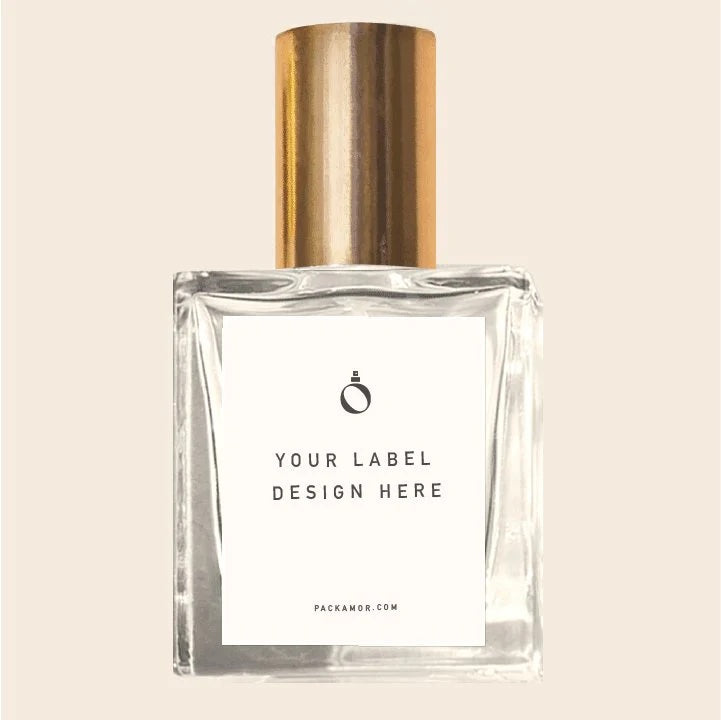
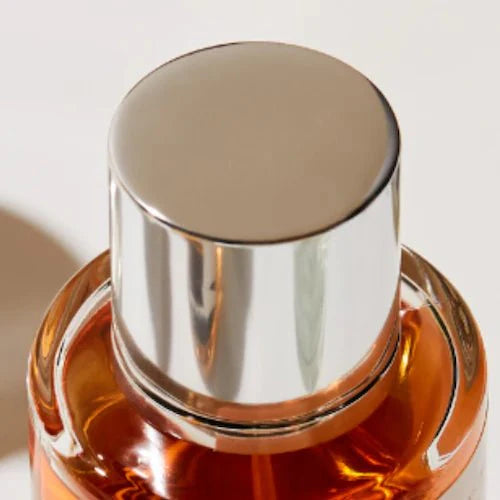
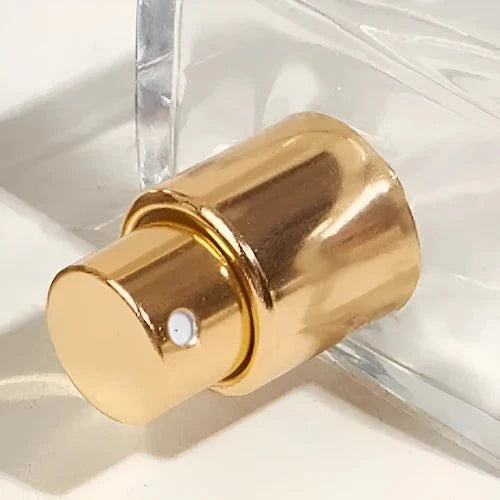


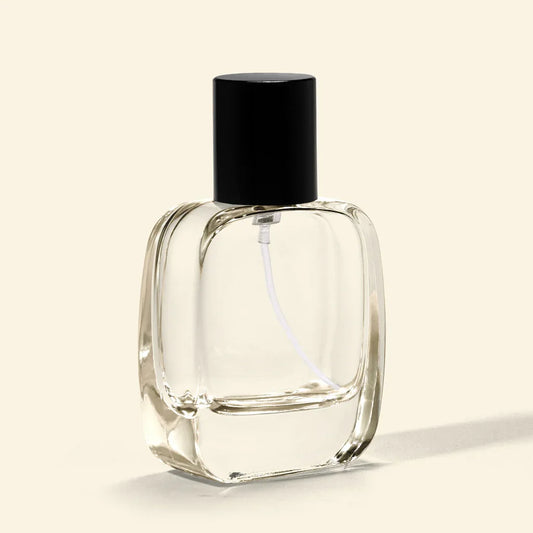

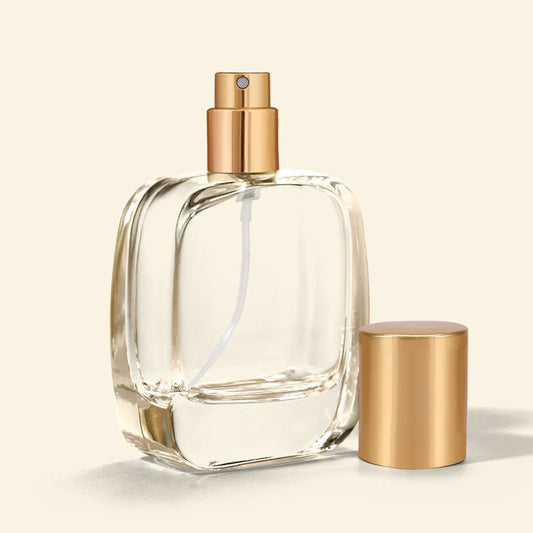
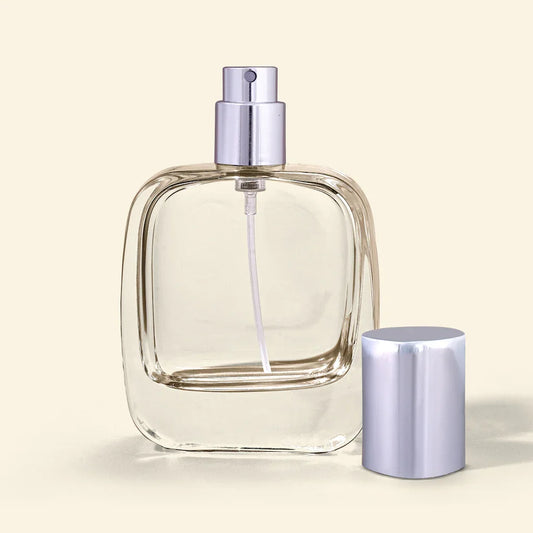
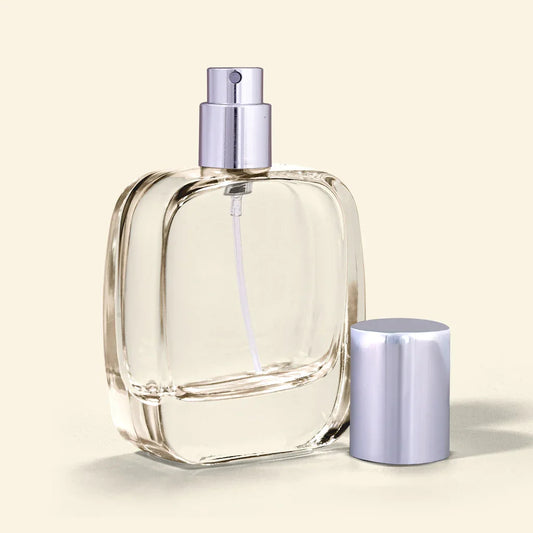
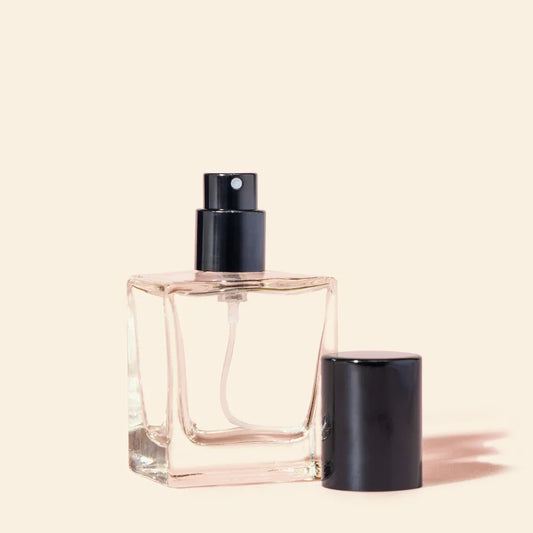
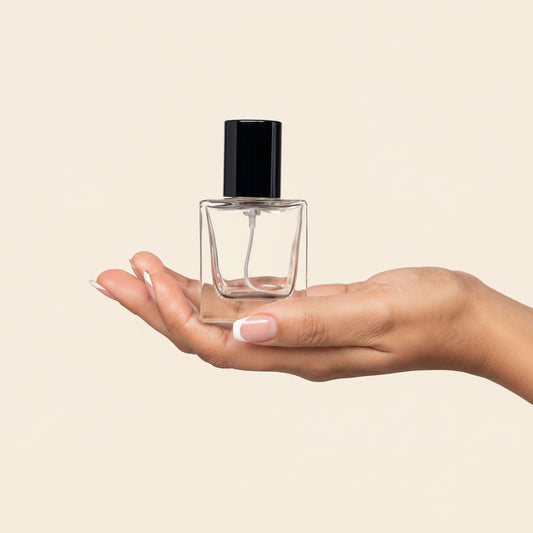
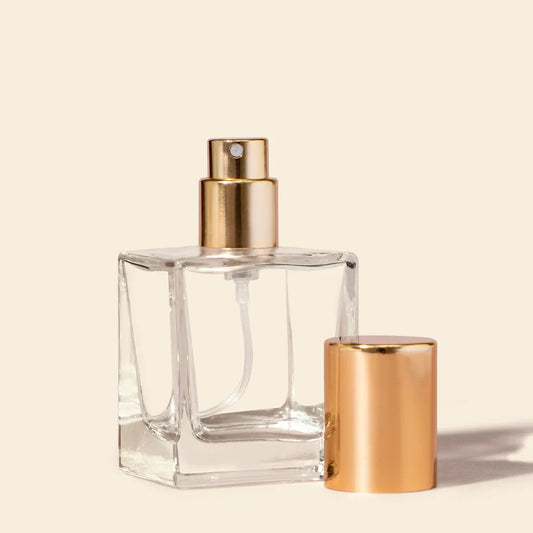
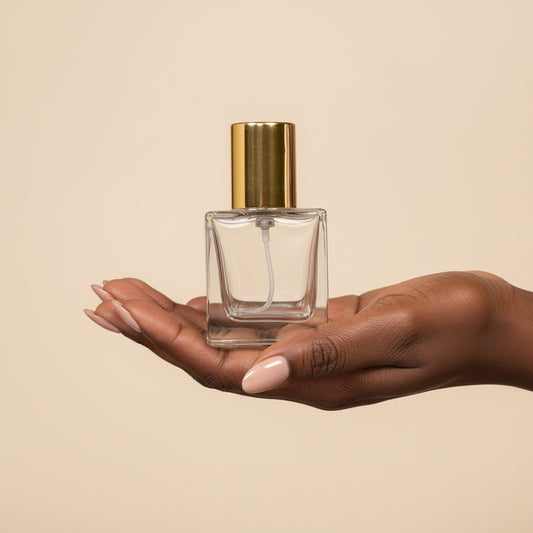
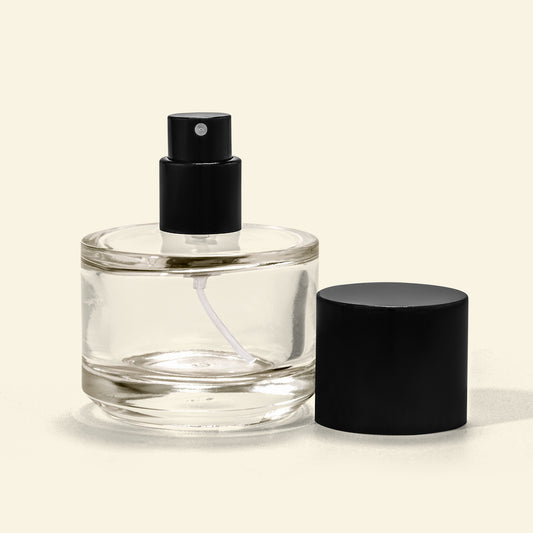
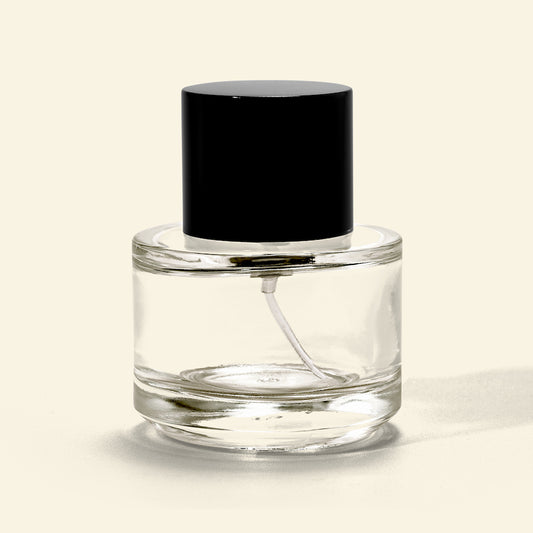
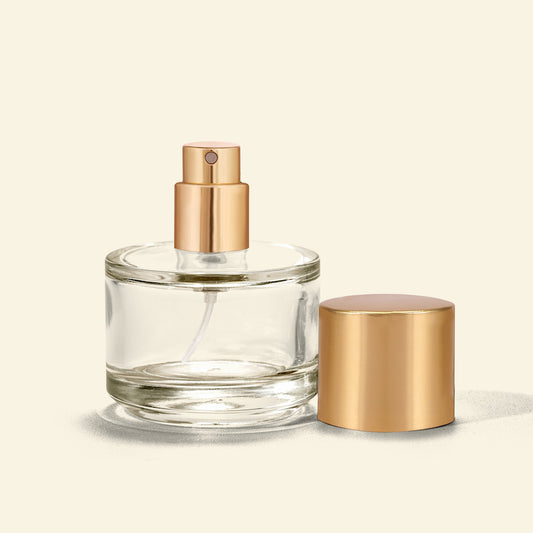
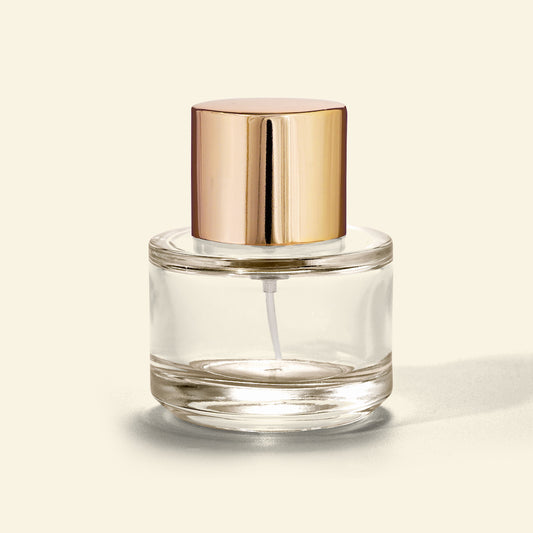
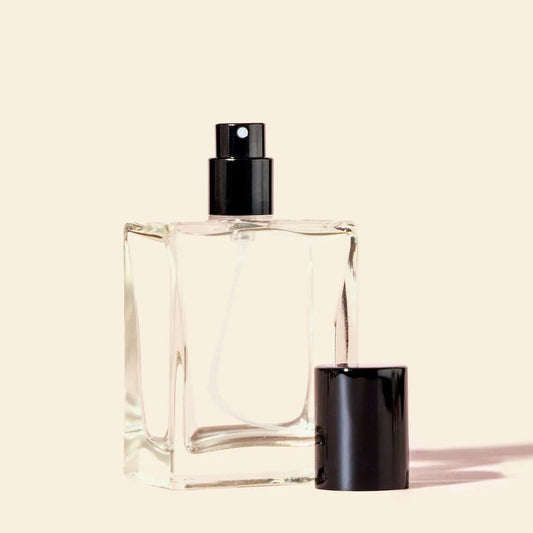
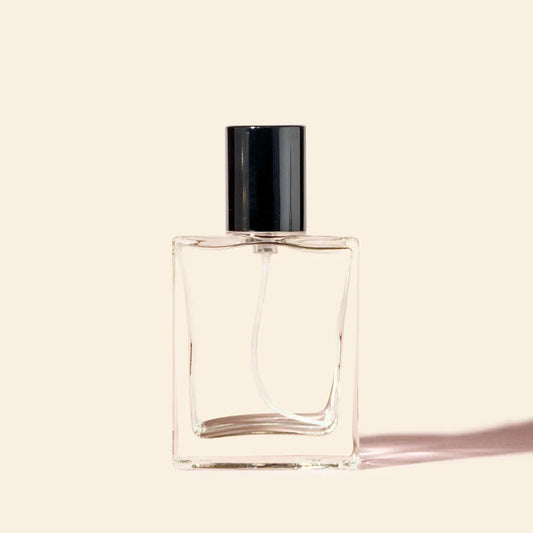




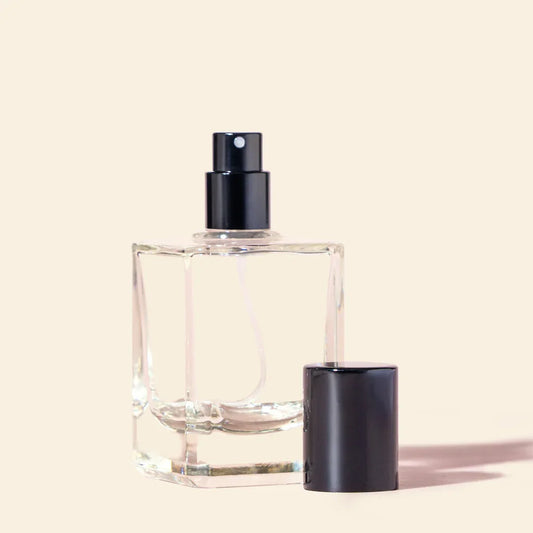
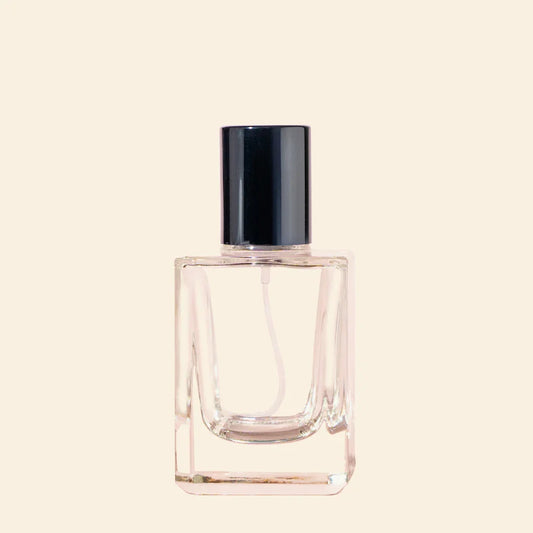
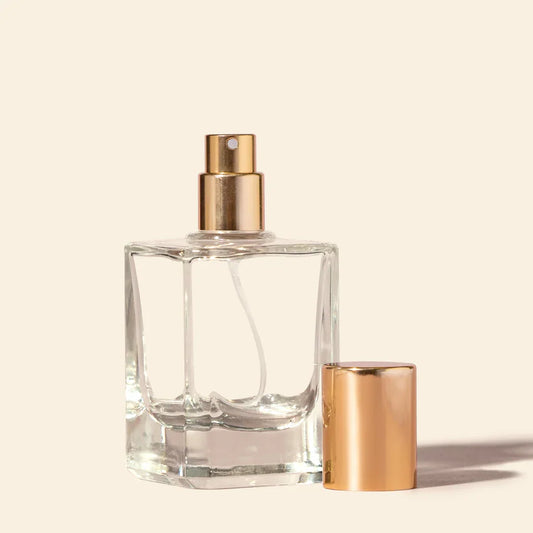
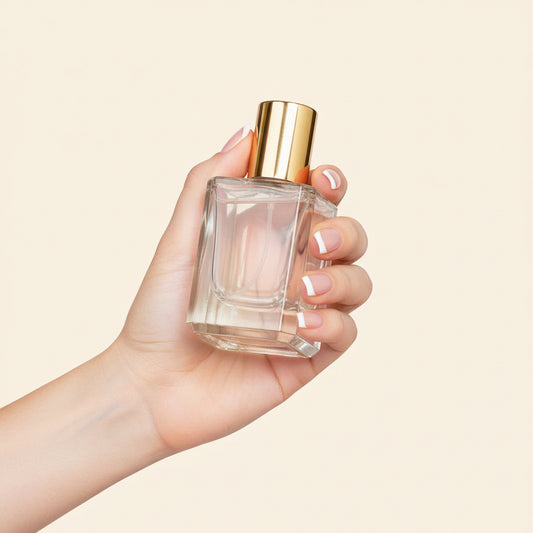

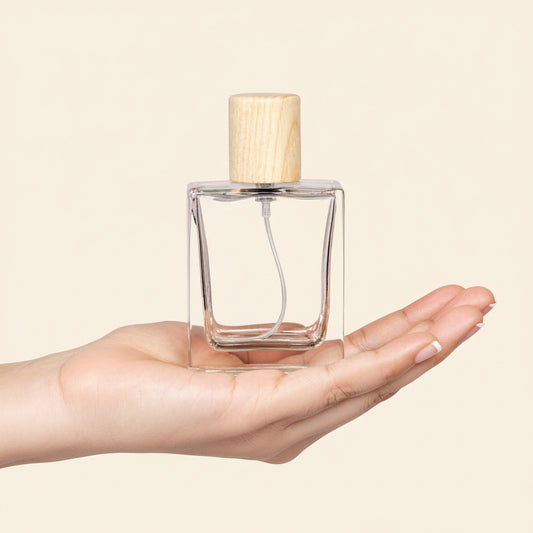
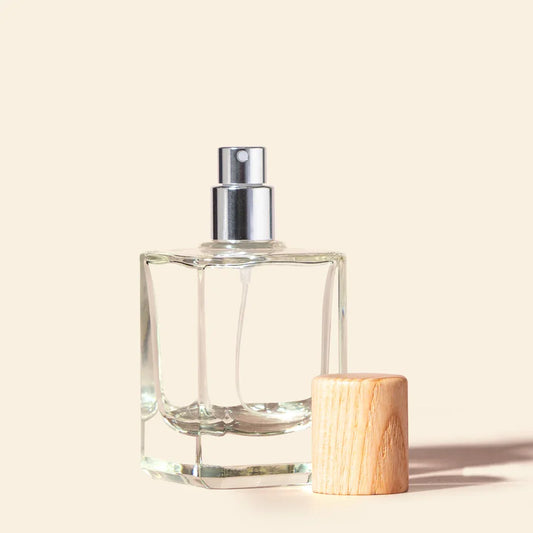
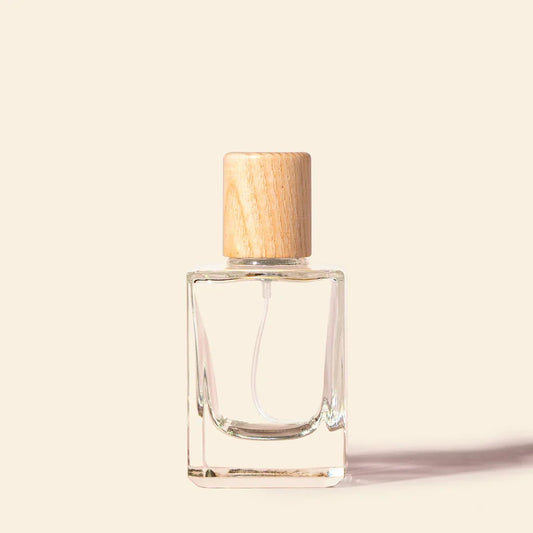
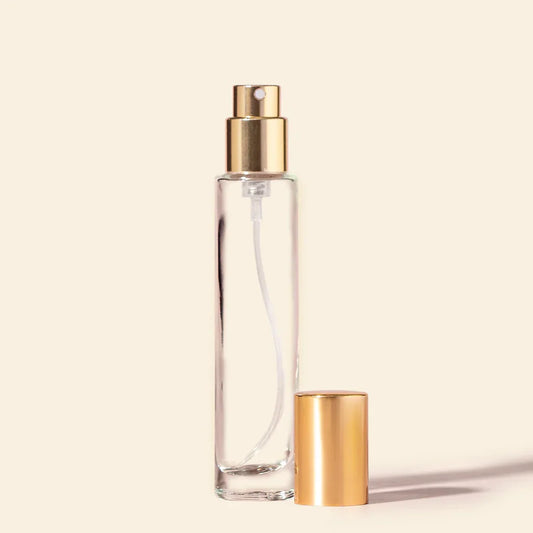
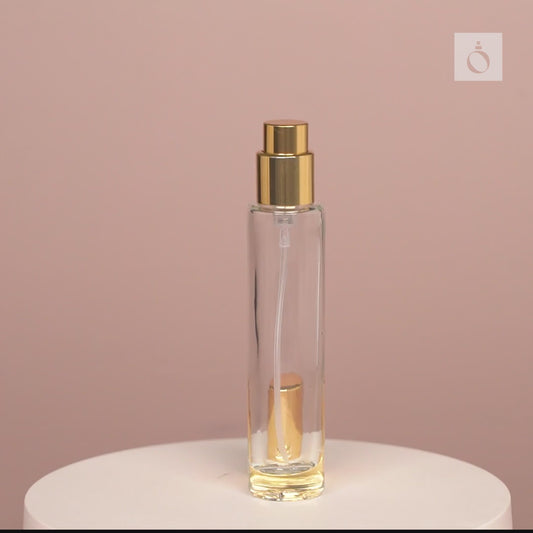
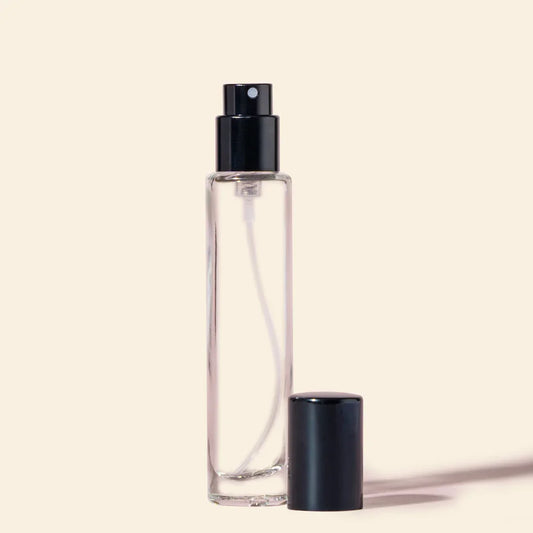
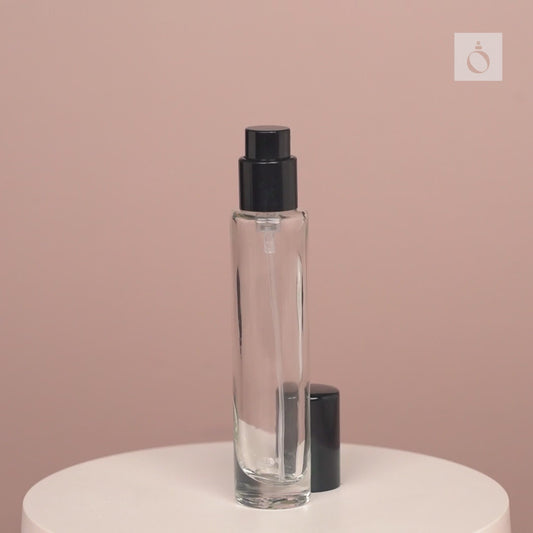
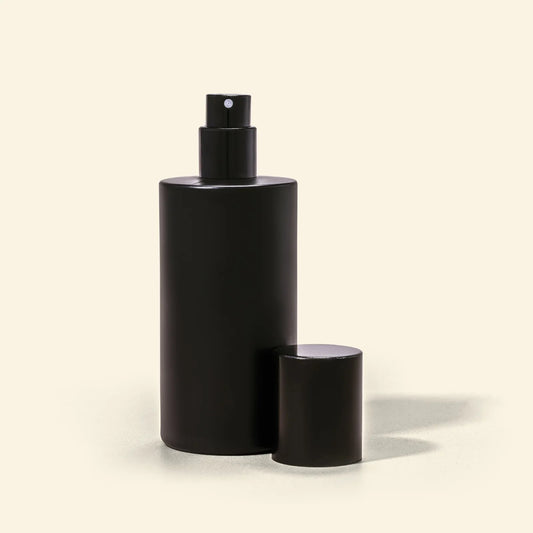
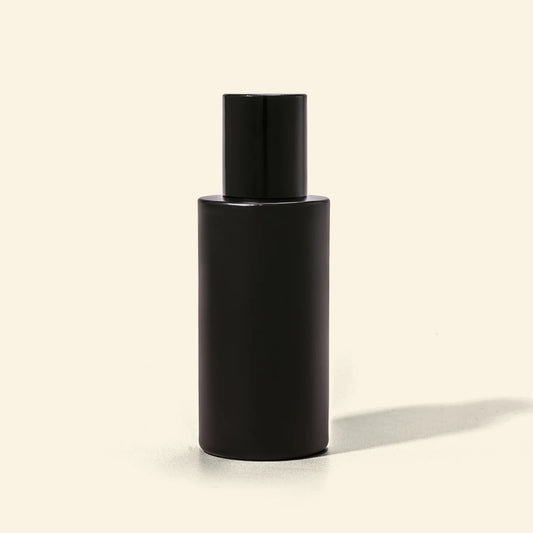
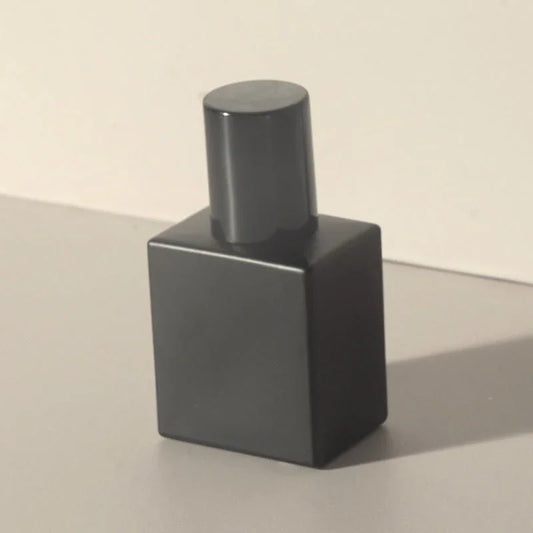
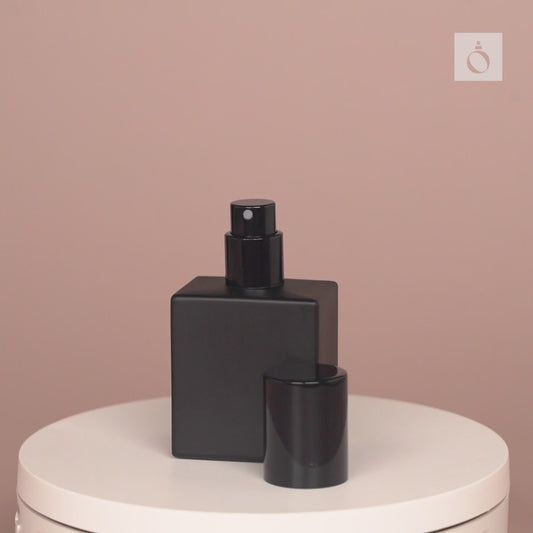
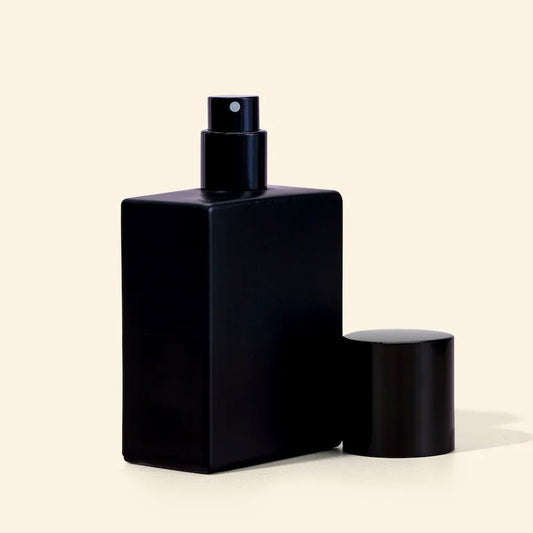
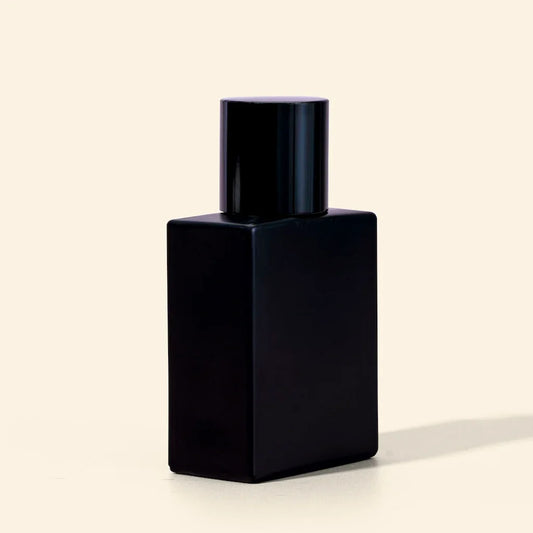
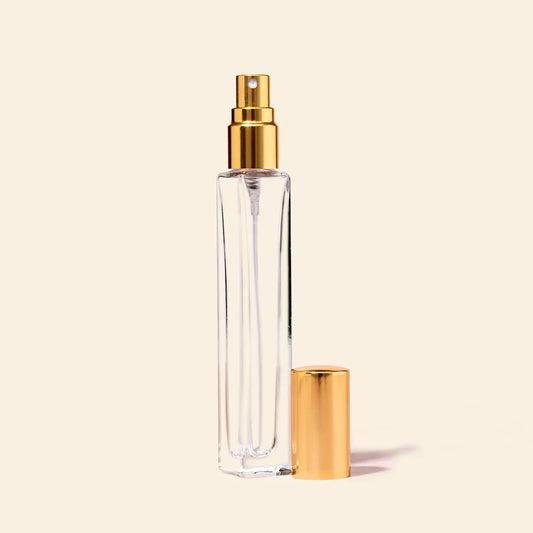


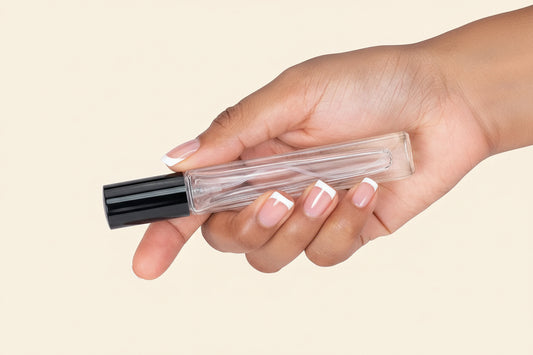
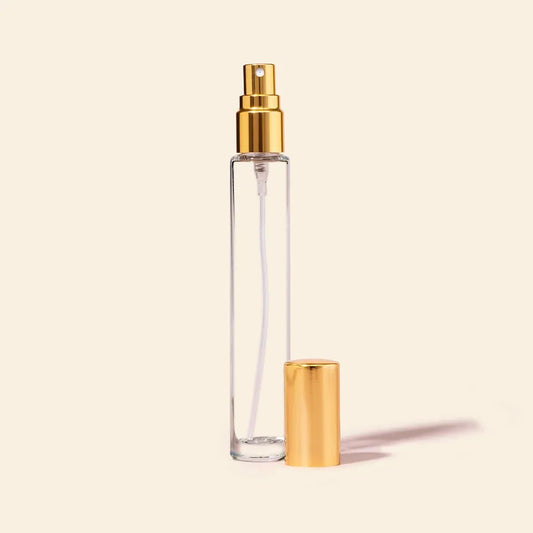
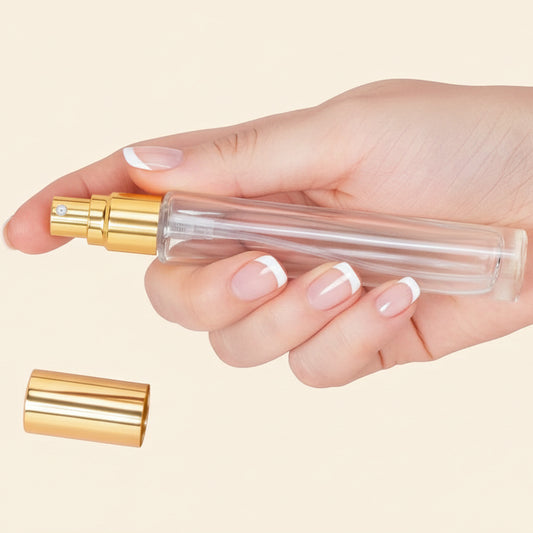
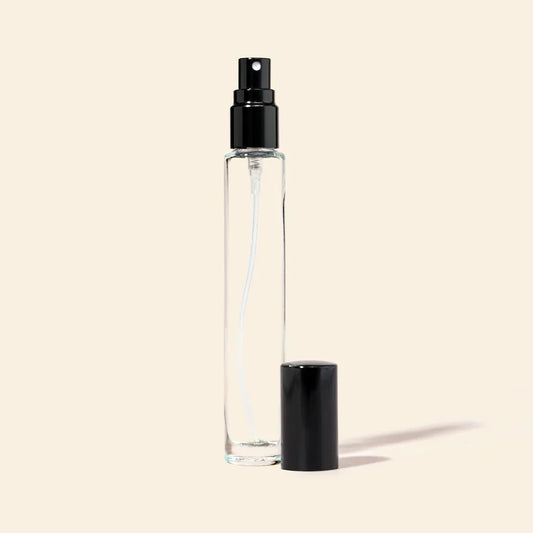
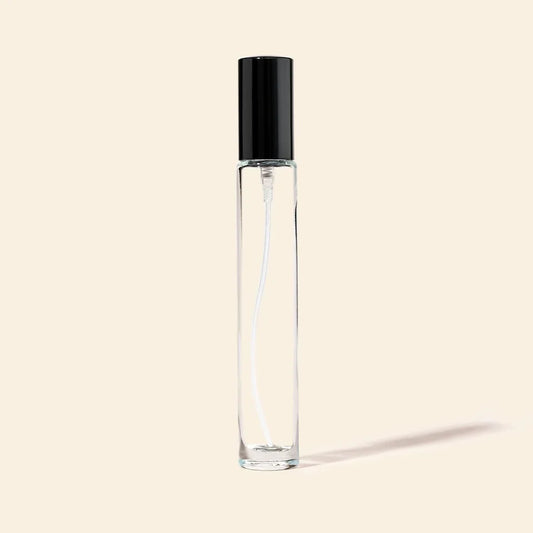
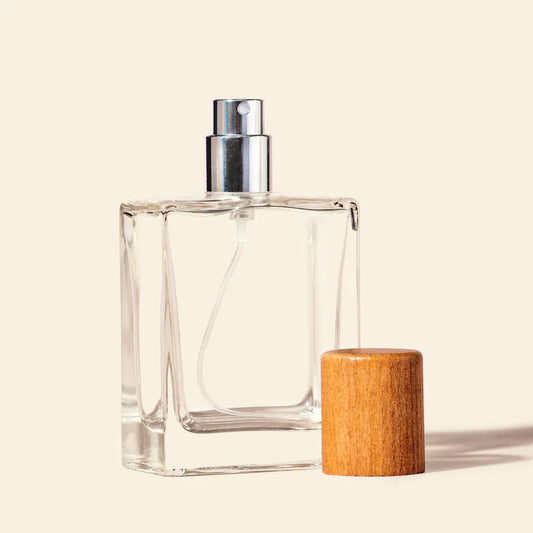
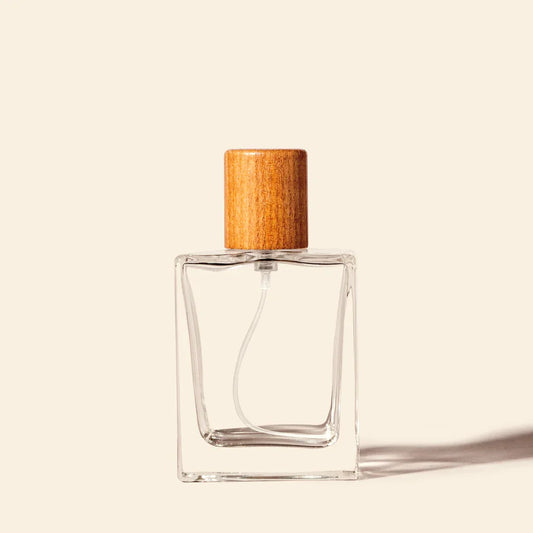
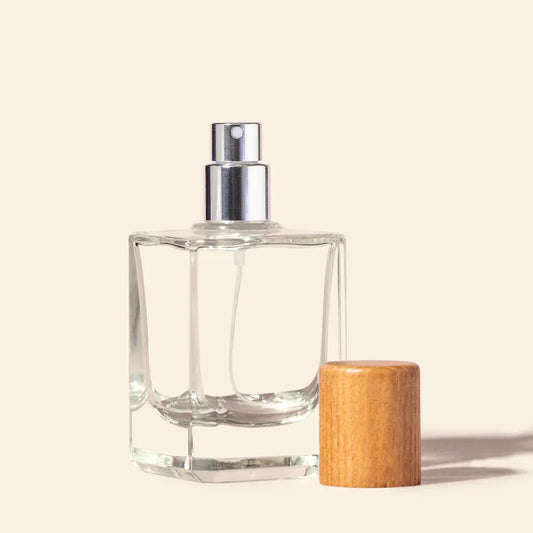

Leave a comment
Please note, comments need to be approved before they are published.